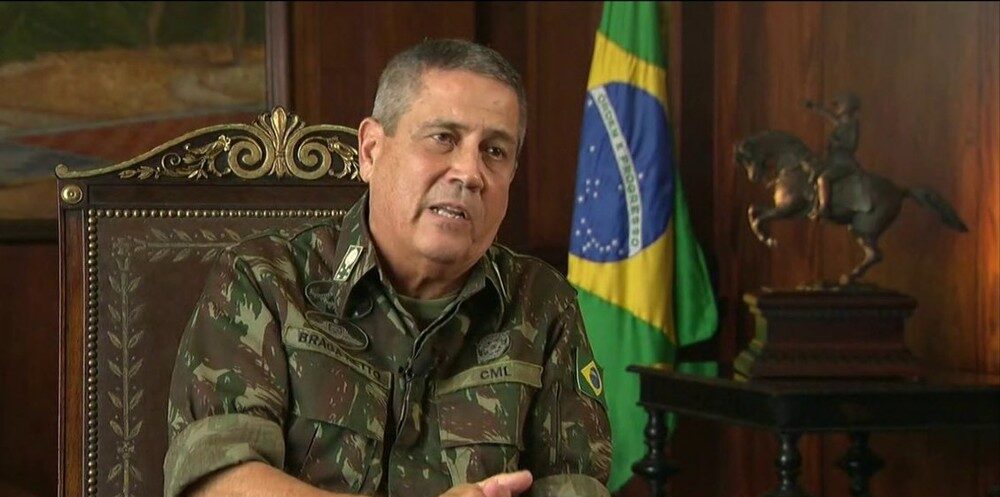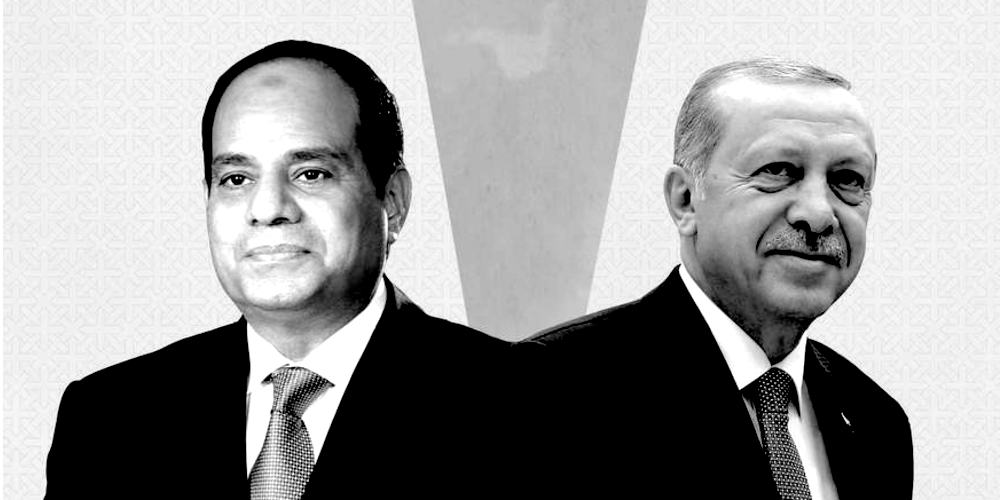BY SAEED NAQVI
Concerned European powers should instantly round up Libyan immigrants by way of evasive action just in case they get very angry at the sight of Qaddafi’s body being dragged through the streets of Sirte, kicked and punched. In time, anger will pass even as TV cameras dwell selectively on the unspeakable chaos in Libya, which will skirt oil installations. Pull back the camera and take a wide angle view of the larger picture.
The scene is now set for a first class conflict within Islam (Libya included) stretching from Pakistan right across the Arab world, North Africa embracing large swathes of sub Saharan African. On occasion this conflict within will spill over as terrorism abroad.
When the US, Saudi Arabia and Pakistan got into a scrum to launch a programme of manufacturing triple distilled mujahideen Islam in Afghanistan to fight the Soviets the seeds were sown for a conflict within Islam as well.
The three had the same agenda but different emphases: the US wanted to oust the Soviets; Saudis a Wahabized Islam as a bulwark against Shia Iran. Pakistan’s Zia ul Haq saw in the Islamization project in the vicinity an end to his country’s existential problem of national identity. Hard “Arabized” Islam would replace a more “Indianized” Islam.
Reverberation from the Iranian revolution were felt in pockets of Shia dominance in Bahrain, oil rich eastern province of Saudi Arabia, Kuwait, Iraq and Lebanon, but the tremors were mild. What shook the regimes which host these Shia populations was the consequence of US occupation of Iraq – emergence of a Shia ruled Iraq,
The psychological effect on Syria of a Shia dominated Iraq was considerable. Sunnis are a bigger majority in Syria than Shias are in Iraq. Yet, the minority Alawis in Syria control the reins of power. Even though the Alawis, being Baathists, were quite as indifferent to religion as Kemalist Turks were, the consolidation of Shia power in Iraq (in addition to the continuing patronage from Iran) has had the effect of causing them to admit to their Shia tilt. If the Baathist blanket frays a little more (and it is fraying) a potential can be developed for Sunni-Alawi tensions.
In Lebanon, the Hezbollah derives directly from Iran and Syria. But sectarianism here can be overdrawn. Consider the trio’s resolve behind largely Sunni Hamas in Gaza.
This embarrasses Riyadh which seeks status in the Arab street where Iran, a non Arab entity, is miles ahead in the popularity stakes on account of its strident support for the Palestinian cause. Former ambassador to Washington, Turki al Faisal, has warned the US that Riyadh will break ranks with Washington if a two-state solution for a Palestinian is not swiftly found to wrest the initiative on this score by the “two pariah states”, – “Syria and Iran”. Never has a Saudi Prince spoken more bluntly. Saudis, he said, would adopt an “independent and assertive” foreign policy “like our recent military support for Bahrain’s monarchy, which America opposed”. Saudis would pursue other policies at odds with those of the United States, “including opposing the government of Prime Minister Nuri al-Maliki in Iraq and refusing to open embassy there despite American pressure to do so”.
Without mincing words, Turki al Faisal, has sketched the sectarian faultlines Saudi Arabia is excavating.
In Pakistan, the civil society moderation towards India, for instance, is occasionally scuttled by “the India centered” army. In the context of the Afghan war and particularly after the Lal Masjid fiasco in 2007, the civil society itself is fractured, the moderates now on the backfoot. After the killing of Osama bin Laden, a somewhat cornered army is wary of the Haqqanis of this world, for whom moderation is anathema. Is the Army itself divided between Haqqanism and its exact opposite which is continuously losing ground. The conflict is raging.
In Afghanistan, the Pushtoon are divided between Durranis and Ghilzais who together are in conflict with Tajeks, Uzbeks and Hazaras.
In Egypt and Tunis, the softer Islam bequeathed by the Fatamids between the 10th and the 12th century is not exactly comfortable with a thin band of Salafism in the Muslim Brotherhood, hardened because of the Mubarak dictatorship, and his use of the war on terror to keep the hard state in place. Zaidis and the Huthis in Yemen, the Arab and African Muslims are the Central faultline exemplified by Darfur. Both varieties of African Muslims run into potentially the most violent faultline between Muslims and Christians in North and South Nigeria.
With this thumb nail sketch of the backdrop, consider the effects of the “Arab Spring” with those horrible pictures of a dead Qaddafi fresh in our minds. When authoritarian Muslim societies open up, mosques play a decisive role because they have been the only social, political ventilators. And, when the choice is between soft and hard Islam, it is the latter which keeps determining the tempo of the discourse, raising the decibel level as it responds to external stimuli like the NATO bombing of Libya, War on terror, Mid East Peace, unilateral US action in Pakistan’s tribal belt, rubbing of Hamas election results, pulverizing Syria, Lebanon or Gaza by sanctions or any other means when the scramble begins for oil and gas in the waters of the Levant, threatening to leave Afghanistan but building bases larger than a dozen Red Forts.
(Saeed Naqvi is senior Indian journalist, television commentator, interviewer, and a Distinguished Fellow at Observer Research Foundation. Mr. Naqvi is also a mentor and a guest blogger with Canary Trap)

